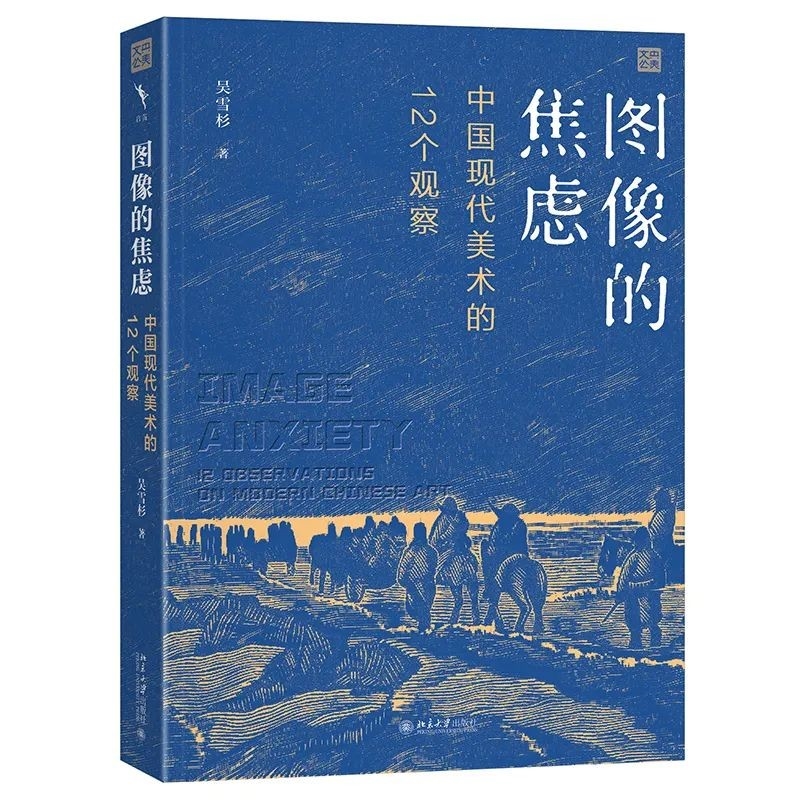 展览日期 | Duration
展览日期 | Duration
2024 / 9 / 27 - 2024 / 11 / 20
开放时间 | Hours
周二 至 周六 Tuesday To Saturday
10:00 - 19:00
周日 Sunday
12:00 - 17:00
周一闭馆 Closed on Monday
展览地点 | Location
蓝岸画廊,南山区欢乐海岸3层9号
L3 No.9 O'Plaza , Nanshan District
一种荒诞不经的新的美学
但也完全如同我们再熟悉不过的当下生活
——
张晨
中央美术学院人文学院副教授
This is an absurdly innovative aestheticthat resonates profoundlywith the familiar realities of contemporary life.
——Zhang ChenAssociate Professor
Faculty of Art, CAFA
蓝岸画廊荣幸地宣布将于2024年9月27日至月日期间推出艺术家童昆鸟个展“机机复机机”。童昆鸟的创作包含装置、绘画、行为艺术等诸多呈现方式,并以极强的个人性赋予材料以全新的使用方式,拼接构建为一幅能量磅礴的生存景象。
LAN Gallery is proud to announce the upcoming solo exhibition “Machine's Dialogue” featuring the artist Tong Kunniao, scheduled from September 27 to November 20, 2024. Tong Kunniao' s body of work encompasses various mediums, including installation, painting, and performance art. He revitalized materials with a strong personal touch, constructing a powerful depiction of existence through innovative applications and arrangements.
展览前言
The Preface
童昆鸟以他的装置作品为人熟知,具体而言,是由他所创造、组合与装配的一个个机器,它们往往在展厅中招摇过市、发出唧唧喳喳的声音,总能轻松吸引我们的注意。而在本次展览中,我们发现,童昆鸟的这些机器进入了画布(实际上,艺术家的架上创作一直与他的其它媒介并行,这些绘画也因与装置架构的结合而成为字面意义上的“架上绘画”),装置作品变为了装置的图像,机器实体映照为机器的影子,电路的连接也转化为艺术家图绘的玄机,更为突兀的是,这些形象被绢布材料与矿物颜料所包裹,并在二维的平面上与我们四目相对,因而更加切近艺术家与观众的身体。
Tong Kunniao showcases his acclaimed installation art, particularly the intricate machines he devised and constructed. These creations dominated exhibition spaces, generated a symphony of sounds often mesmerising the audience. In this showcase, we witness a metamorphosis where these machines have entered the canvas domain. Notably, the artist's canvas work has consistently paralleled his other artistic endeavours, with these pieces becoming true "canvas works" through their confluence with installation elements. The installation works now serve as visual analogs of their physical counterparts, as the material machines project their shadows, while the interconnected circuitry transforms into detailed representations rendered by the artist. Additionally, these visuals are enveloped in silk fabric and mineral pigments, engaging the viewer on a two-dimensional level, and thereby fostering a tangible connection between the artist and the audience.


 展览现场
展览现场
也就是说,原本既已略显怪异的装置,被童昆鸟用绘画的手法缓慢、细致地拉入到另一差异化的语境,在那里,现代工业的产品——或者说,来自工业生产的废弃物,与属于东方传统的古老美学奇异交织,这样一种既熟悉又陌生、既雅致又戏谑的观看体验,便使有关装置的绘画如真实的机器一般,在安静的画布与白色的展墙上继续震颤,继续不合时宜地传出窸窸窣窣的运动声响。
In essence, the apparatus, which initially seemed unconventional, is intricately and progressively integrated into a distinct transforming context through the artistic methodology. In this new domain, contemporary industrial artifacts—or more precisely, the remnants of industrial processes—interlaced with the ancient aesthetics of oriental heritage. This fusion engendered a viewing experience that is at once recognizable and otherworldly, graceful yet mocking. The painted installation echo the authenticity of actual machinery, their subtle movement producing an unexpected rustling sound against the tranquil canvases and pristine exhibition field.


 展览现场
展览现场
另一方面,机器与装置所天然携带的技术属性,所共同指向的人机结合等后人类议题,也在与绢本和花鸟的对话中,在一层又一层的颜料堆叠里,不得不从未来折返回过去,从喧闹降落到历史。可以说,装置与绘画、机器与机器一起构成了童昆鸟此刻创作的基本面貌,这其中既有炫目的技法也透露出低科技的窘迫,既有对于技术的娴熟运用也有对技术危机的反思,这些机器与寻常物、与人体模特、与垃圾、也与画布一起,被艺术家不断重复地互相拼贴与嫁接,由此发明出一种荒诞不经的新的美学,但也完全如同我们再熟悉不过的当下生活。
On the other hand, the inherent technological characteristics embodied by these machines and installations allude to post-human concepts such as the integration of humanity and machinery. This interaction with silk and floral artistry invited a reflective voyage from the future into the past, transitioning from the dissonance of modern existence to historical narratives. It can be posited that the dynamic interactions between installations, paintings, and machinery constitute the essential framework of Tong Kunniao’s contemporary oeuvre. This amalgamation unveiled both remarkable craftsmanship and a pronounced low-tech clumsiness, demonstrating a sophisticated command of technology while simultaneously critiquing its associated crises. The continual reconfiguration and juxtaposition of machines, quotidian objects, human figures, waste materials, and canvases cultivate an absurdly innovative aesthetic that resonates profoundly with the familiar realities of contemporary life.
张晨
中央美术学院人文学院副教授
Zhang Chen Associate Professor, Faculty of Art, CAFA



展览现场
图文资料由主办方提供




























